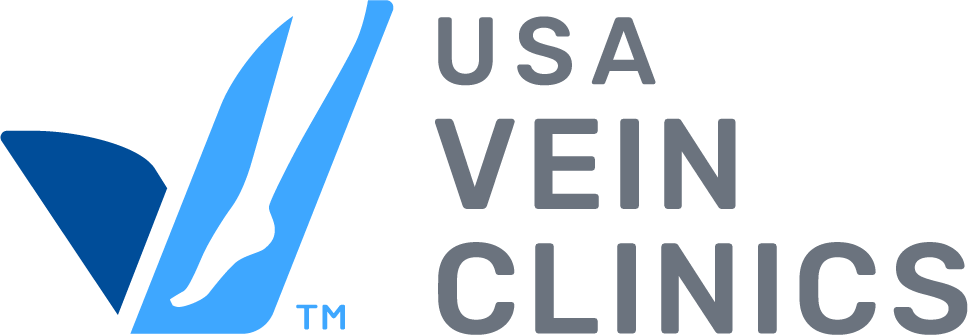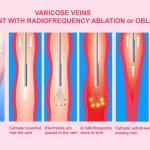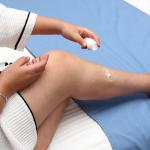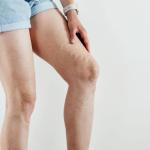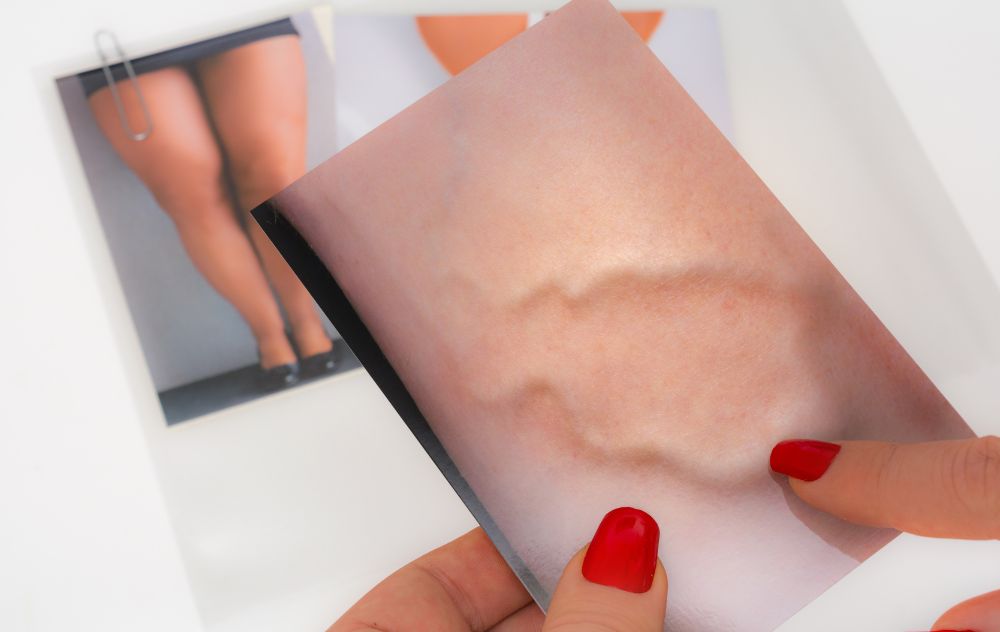
Varicose veins can start as a minor annoyance with twisted, bulging veins just beneath the surface of your skin. But for many people, they can become painful, persistent, and even dangerous if left untreated. So when should you get varicose veins treated? The answer depends on your symptoms, risk factors, and how much they’re affecting your daily life.
Let’s explore the signs that it’s time to seek treatment, what happens if you ignore varicose veins, and how modern treatments can help you feel better and avoid future complications.
What Are Varicose Veins?
Varicose veins are enlarged, twisted veins that often appear on the legs and ankles. They occur when the valves inside your veins stop working properly, allowing blood to flow backward and pool in the lower limbs. This leads to pressure buildup, causing the veins to stretch and bulge.
While some people see them as a cosmetic issue, varicose veins are actually a sign of underlying vein disease, specifically, a condition called chronic venous insufficiency (CVI). Over time, CVI can progress and lead to more serious symptoms if not addressed and are a sign you should get varicose veins treated.
When You Should Get Varicose Veins Treated
The first sign that treatment may be necessary is discomfort. If your legs often feel heavy, achy, or tired, especially at the end of the day or after standing for long periods, it could be your veins struggling to circulate blood efficiently. This kind of persistent leg fatigue isn’t something to brush off. It’s one of the earliest indicators that your veins are under pressure and need evaluation.
Another red flag is swelling, particularly around the ankles. Swelling may come and go initially but can become a daily problem as the condition progresses. It often gets worse by evening and may improve with leg elevation, but that temporary relief doesn’t mean the issue isn’t serious. Over time, chronic swelling can lead to skin changes, such as discoloration, itching, or thickening of the skin around the lower legs. These are all signs of advancing vein disease.
1. When You Have Pain or Discomfort
If your legs feel heavy, achy, or painful, particularly after long periods of sitting or standing, it’s a strong sign that your veins are under stress. Pain is one of the most common symptoms that prompts people to seek varicose vein treatment. Don’t wait for the pain to become part of your daily routine.
2. When You Notice Swelling in the Legs or Ankles
Persistent swelling, particularly at the end of the day, is a red flag that your veins aren’t circulating blood effectively. Left untreated, this swelling can lead to skin damage and increase your risk of developing ulcers.
3. When Skin Changes Appear
Discoloration, dryness, itching, or thickened skin around the ankles can all signal that blood is pooling in your legs and damaging the surrounding tissues. These skin changes are often early signs of more advanced vein disease.
4. When You See or Feel Bulging Veins
Visible varicose veins—especially those that are painful, tender, or warm to the touch—should not be ignored. While some people live with varicose veins without symptoms, any visible change combined with discomfort is a sign it’s time to speak with a specialist.
5. When You Have a History of Blood Clots or Vein Problems
If you have a family history of vein disease, previous blood clots, or deep vein thrombosis (DVT), you may be at higher risk for complications. Getting evaluated early can help you stay ahead of any potential issues.
What Happens If You Don’t Treat Varicose Veins?
Ignoring varicose veins can lead to more than leg pain or cosmetic concerns. Over time, untreated vein disease can cause long-term swelling, permanent skin changes, bleeding, and in some cases, venous ulcers. Venous ulcers are open wounds that are painful and slow to heal. The longer you wait, the greater the chance of developing complications that are more difficult and time-consuming to treat.
When Should I Seek Varicose Vein Treatment?
You may have been avoiding vein treatment due to the fear of pain and a long recovery from vein removal surgery. USA Vein Clinics offers specialized non-surgical treatments that can block off malfunctioning veins while leaving them in place.
After an initial consultation with one of our experts, we can determine which treatment is best for your vein condition.
Answering why people worry about treatment can help you be educated about vein disease and be proactive in taking care of your vein health and overall well-being.
Fear of surgery: Did you know…
- Minimally invasive vein treatments are available and are typically less painful and have a shorter recovery time than surgery.
- Our experienced physicians at our vein treatment centers are highly experienced in performing these procedures safely and effectively.
- The risks of minimally invasive vein treatments are very low.
Cost: Did you know…
- Most major insurance companies and Medicare usually cover vein treatment for symptomatic vein disease.
- We will confirm that your condition will meet insurance guidelines before the treatment.
- At the end of your initial appointment that includes a comprehensive vascular ultrasound, our vein specialist will discuss your situation and, if needed, suggest an individual treatment plan. We will then be able to provide you with the exact price.
Lack of awareness: Did you know…
- Anyone can develop varicose or spider veins, and a few factors can increase a person’s risk.
- Leg pain or cramping, restless legs, especially at night, a feeling of heaviness or soreness, tenderness around veins, and itching or burning are all signs of vein disease.
Lack of time: Did you know…
- Depending on the amount of veins that need to be treated, the procedure typically takes between 15 to 30 minutes from start to finish.
- Outpatient treatments are performed right here in our accredited state-of-the-art medical offices.
- Most vein procedures (such as EVLT) usually take about 15 minutes. And then normal activities can be performed right away.
Why Early Varicose Vein Treatment Matters
Ignoring the symptoms of varicose veins may lead to serious health risks over time. Fortunately, treating varicose veins early can prevent complications and improve your quality of life. At USA Vein Clinics, we offer non-surgical, outpatient vein treatments, including endovenous laser therapy (EVLT) and ultrasound-guided sclerotherapy, to relieve symptoms and restore healthy circulation.
Our expert vein specialists will evaluate your condition and create a personalized treatment plan to address your symptoms and prevent further progression.
Schedule Vein Treatment at USA Vein Clinics Today
At USA Vein Clinics, we believe that vein treatment should be easily accessible, affordable, and convenient. We now offer more than 160 convenient locations across 30 states. If you prefer, we also have virtual telemedicine appointments to help reduce the number of in-office visits. Most major insurance plans, including Medicare and Medicaid, typically cover vein treatment.
Our vein experts can help you find the answer to “When should I be concerned about varicose veins?” They will help you determine the right solution to treat your varicose veins and get you back to normal, active living.
